
Welcome to our blog.
Sorry, no results were found, search again?

Welcome to our blog.
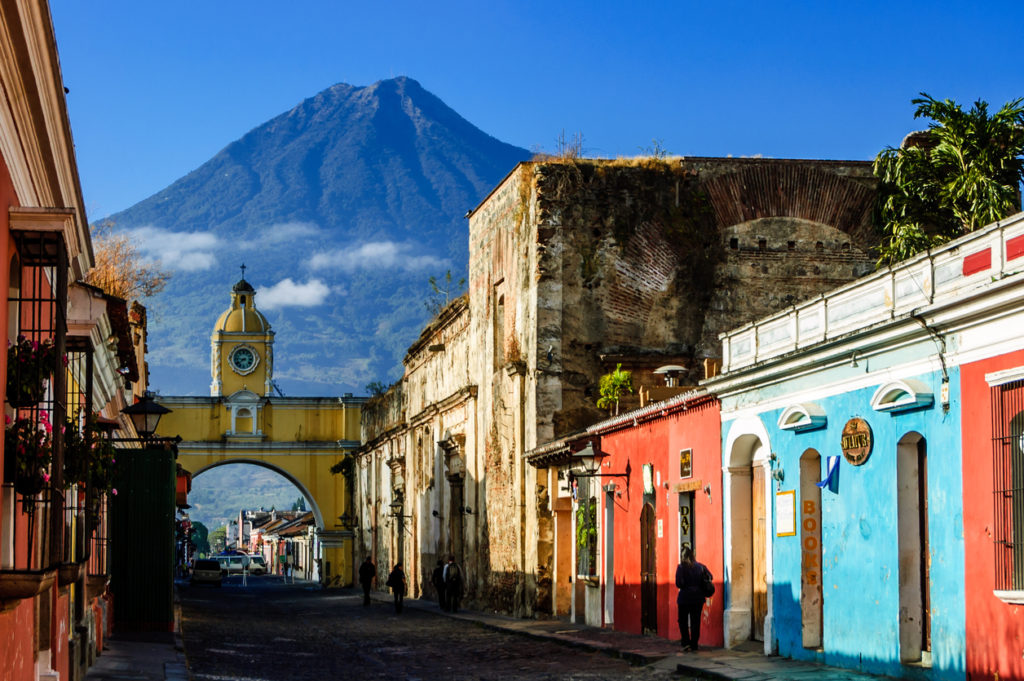
In summer of 2015 my husband and I took our kids on an international service trip. It had always been a lifelong dream of mine to travel to the developing world and learn about different cultures with the people I loved most. We decided to travel with a group, Family Humanitarian experience (FHe), which specializes in providing service opportunities for families. After our experience taking children to the developing world this is the advice I give to people thinking about taking their own family on a similar expedition. Here are 5 tips to have a life-changing humanitarian trip with your family.
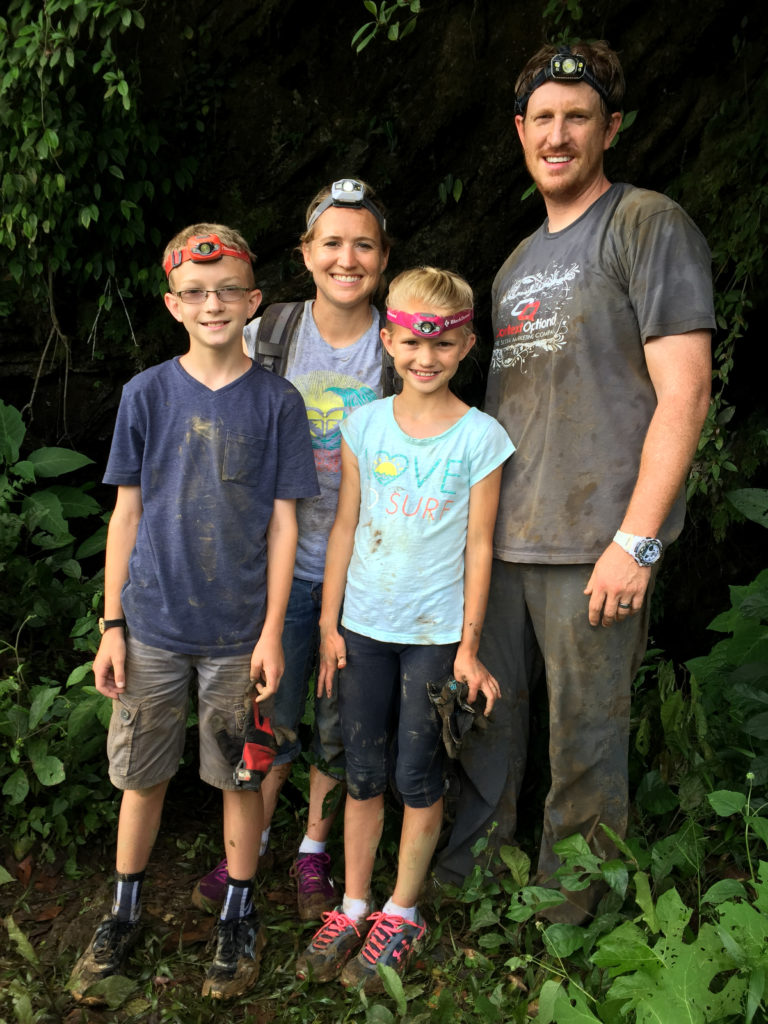
The hardest part of the trip for my kids was the unfamiliar food, and my kids are adventurous eaters compared to most. I thought I had plenty of treats with beef jerky and crackers, but other families were better prepared with trail mix, cans of chips, candy, and granola bars. The food challenges did help my kids appreciate my cooking. At one point, after another evening of dinner of meat with potatoes and gravy, my ten year old said, “Mom, you know those noodles you make that I don’t like? Those sound so good right now.”
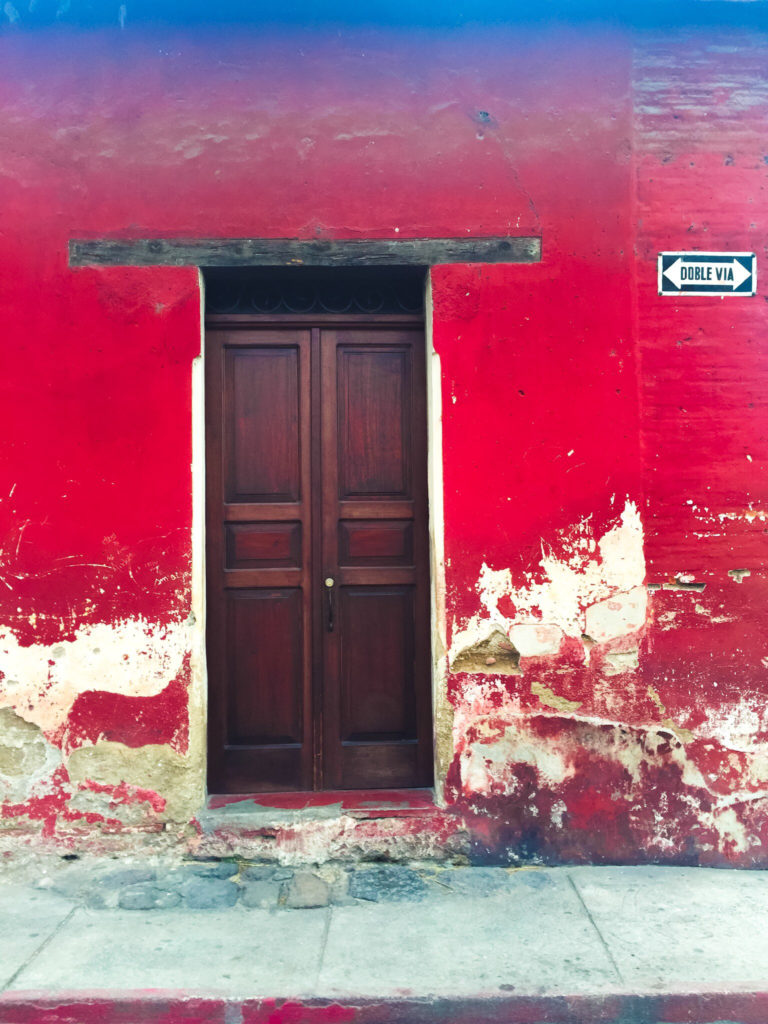
I felt safer traveling in a developing country with a group and it’s easier to laugh when times are hard with people surrounding you. There were times traveling from town to town on the cattle truck that we were sore and tired, but with 25 of us crammed on tight, we laughed more than we complained. My ten-year-old daughter really looked up to the teenagers in the group and their positive attitudes and the attention they gave her made a difference in the quality of my daughter’s experience.
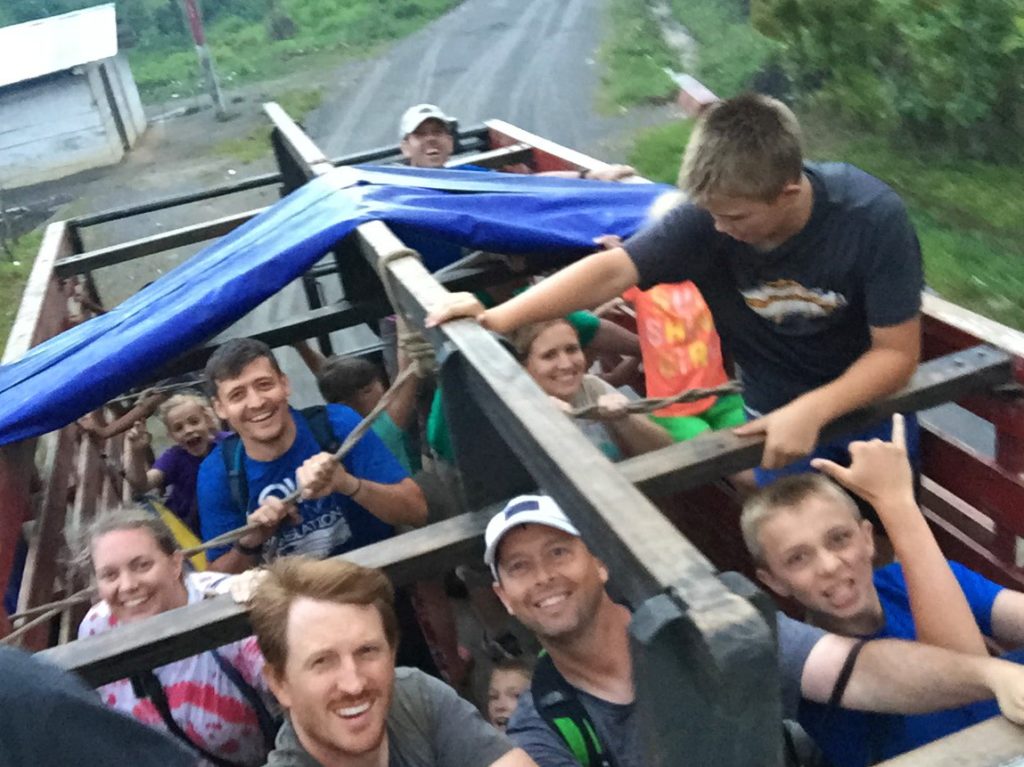
Service in the developing world is complicated. I didn’t want the take home message for my kids to be, “Look how hard these people’s life is and how blessed you are.” I wanted the lesson learned to be, “You have been blessed with different opportunities then the people in Guatemala. What are you going to do with those opportunities?” I made sure to stress that while we were on the trip together.
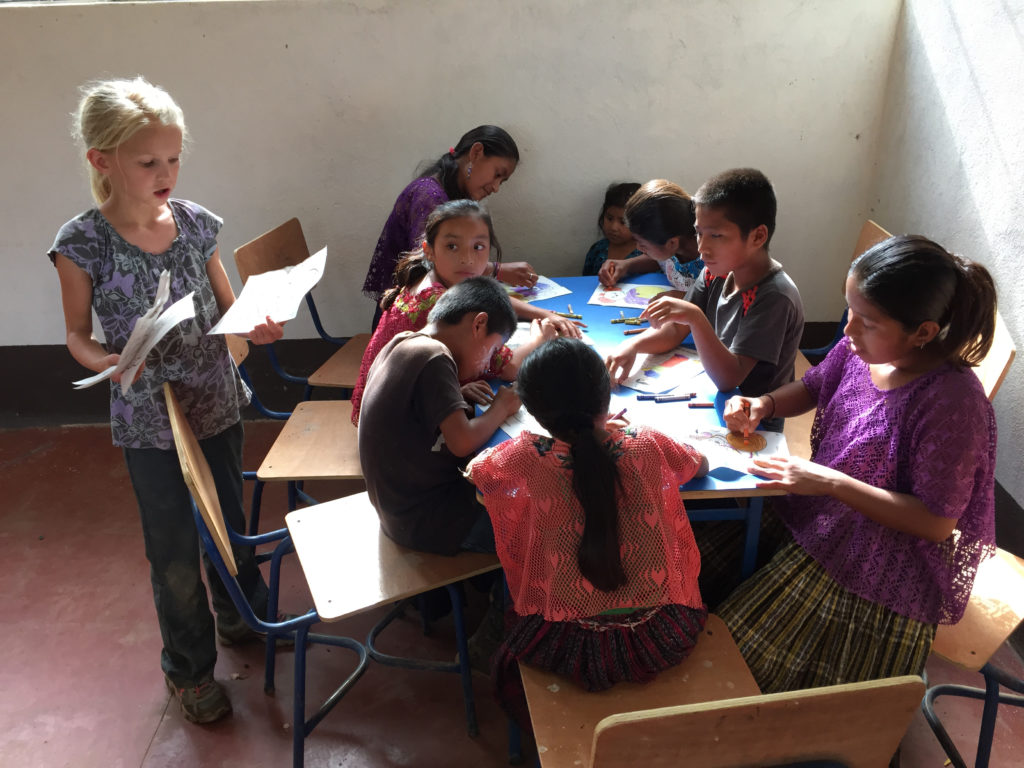
I knew I’d love the experience of getting to know different people from different cultures, but I am still in shock how the experience swelled my heart. After working together for a few hours building a wall, sweet Nelson reached for my 12 year old son’s hand and walked hand in hand back to the town center. I thought my heart would burst from my chest. We still have pictures in our home of some of the kids we worked with and it is a reminder to me to continue to donate to worthy causes and speak out for these kids.
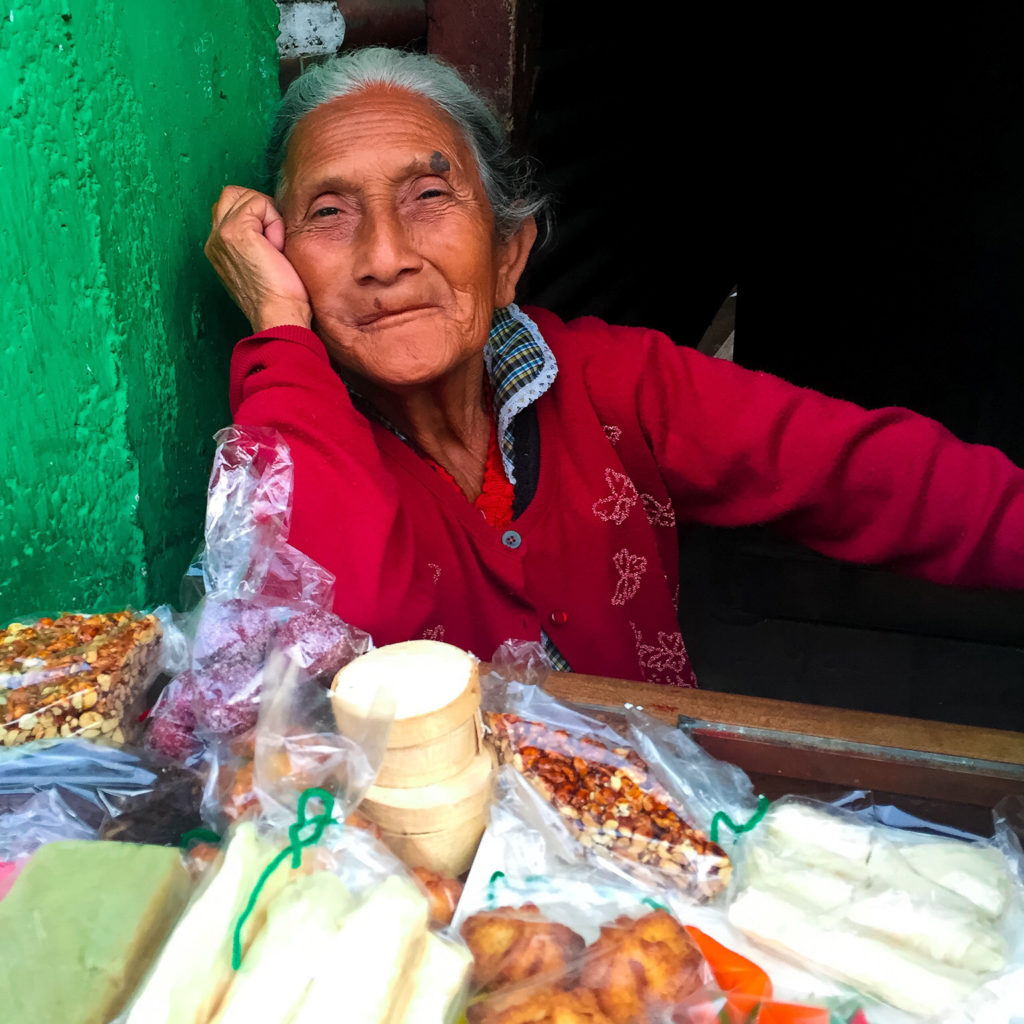
One day of our expedition we had a free day to get to know the country a little bit better. We took the opportunity to go spelunking, a bit out of our comfort zones, and that adventure with our two oldest is one of the best we have had our entire life. Another time we were stuck waiting over an hour for a ride back to town. A group of kids found us and we spent the hour playing plastic jug soccer. We also had plenty of opportunities to dance in the rain.
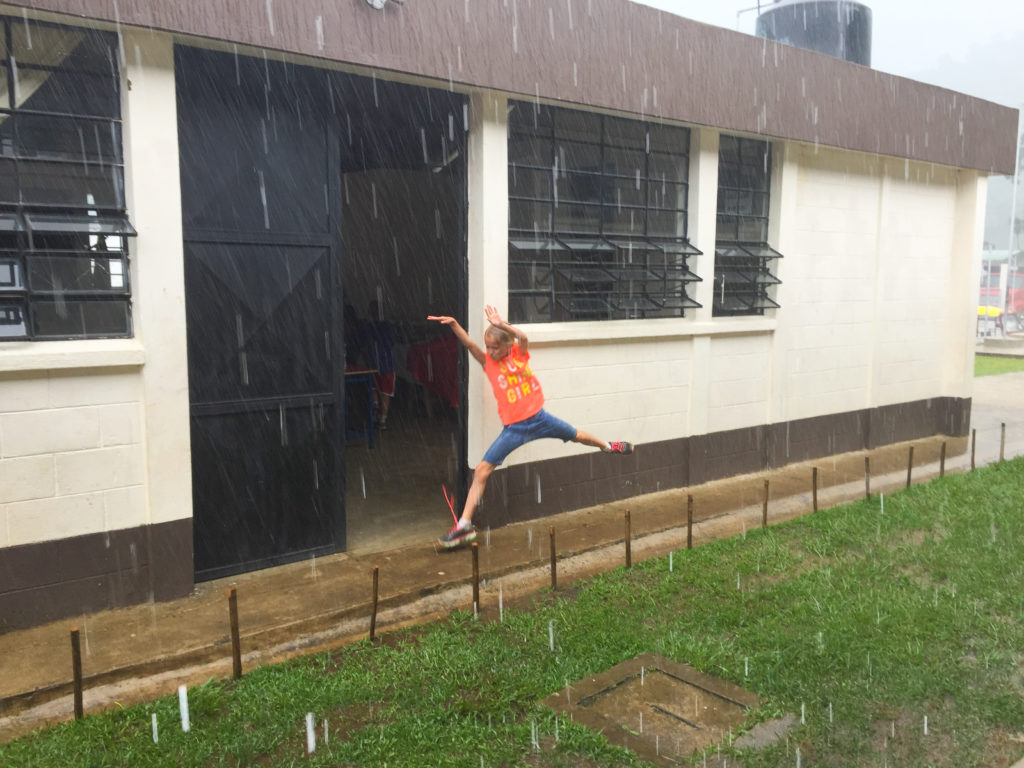
Our trip to Guatemala changed us to be more giving with our resources and gifted us friends and memories that we count as that summer’s greatest blessing.
– The Edwards Family
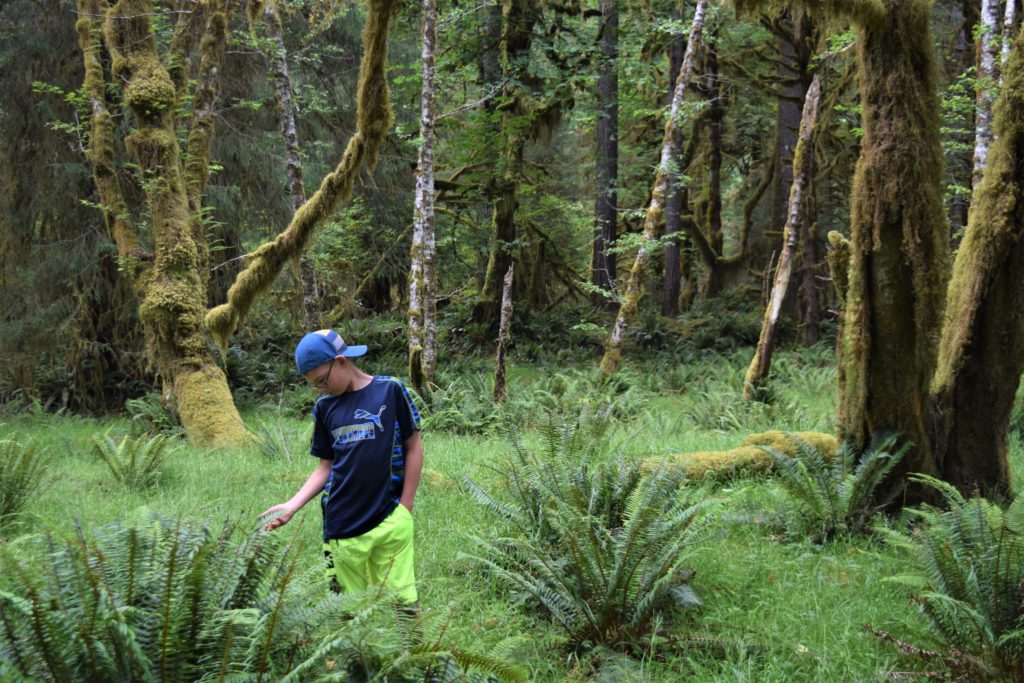
It may come as no surprise that being outdoors is good for you. But did you know that being outdoors is actually scientifically proven to aide in improving many mental and physical diseases and can even mimic medications for those ailments? Here are 8 reasons why nature is the best medicine.
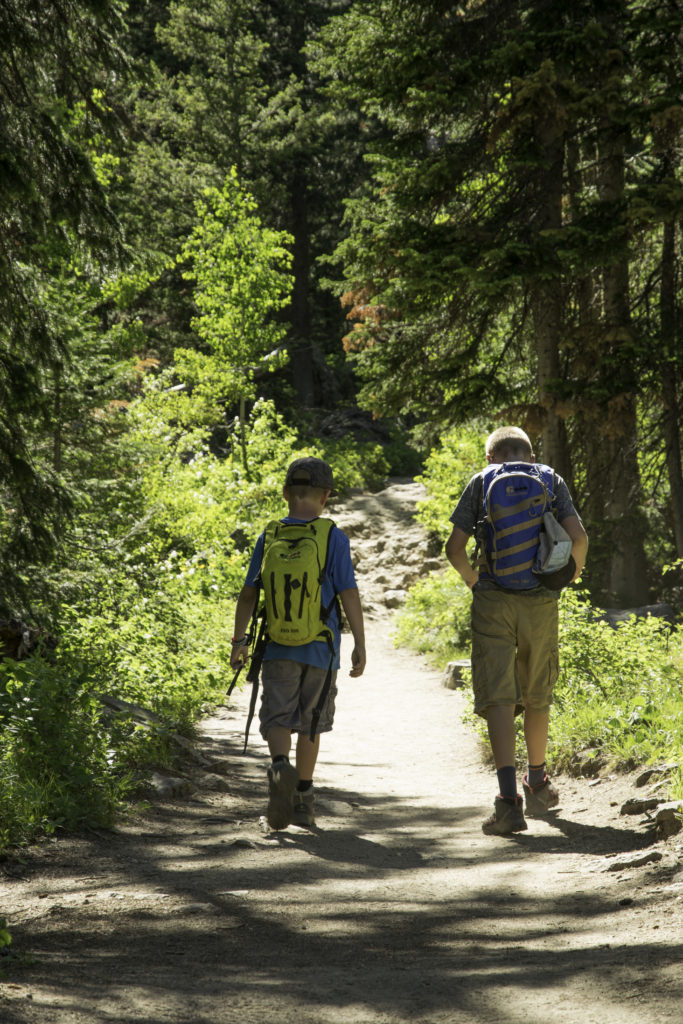
Hiking is one of the best ways to relieve stress.
Did you know that being outdoors increases serotonin and dopamine? Both serotonin and dopamine are natural chemicals or neurotransmitters in our brain that are responsible for sending messages between the brain and different nerve cells of the body. Serotonin is responsible for many functions such as memory, sleep, behavior, and appetite. Dopamine affects movement, emotional response, and your ability to feel pleasure.
Ever climbed to the top of a mountain? Or skied in fresh, un-tracked powder? How about rode a mountain bike down a single track trail on the edge of a cliff? That rush of adrenaline you experience doing those activities is that rise of serotonin which causes a spike of dopamine in your brain! (*It’s important to note that some people have genetically higher levels of dopamine in their brain which cause them to seek “extreme adventures” like base jumping.)
The good news is you don’t have to jump into extreme sports to experience a rise in serotonin and dopamine to reap the benefits such as happier mood. Even just being on a hiking trail, or canoeing on an alpine lake can lead to higher levels of these “happy hormones” and when you’re happy, generally you are more productive too!
Check out this article which talks about how being in nature scientifically increases your mood and makes you happier.
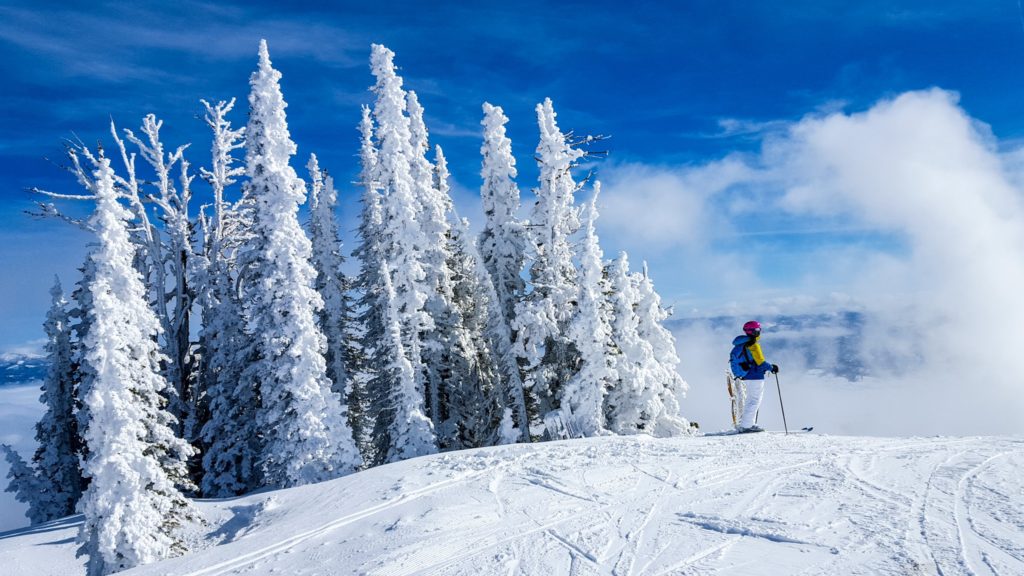
Researchers have found being in the outdoors does little to improve or change physiological conditions, but it has been shown to change the brain. Neural activity in the subgenual pre-frontal cortex, a brain region active during rumination – repetitive thoughts focused on negative emotions – decreased among participants who walked in nature. Not only that, but there was a significant difference in people who walked in nature versus those who walked in an urban environment. Read this article on how hiking can help with depression and how being in the outdoors can be therapeutic.
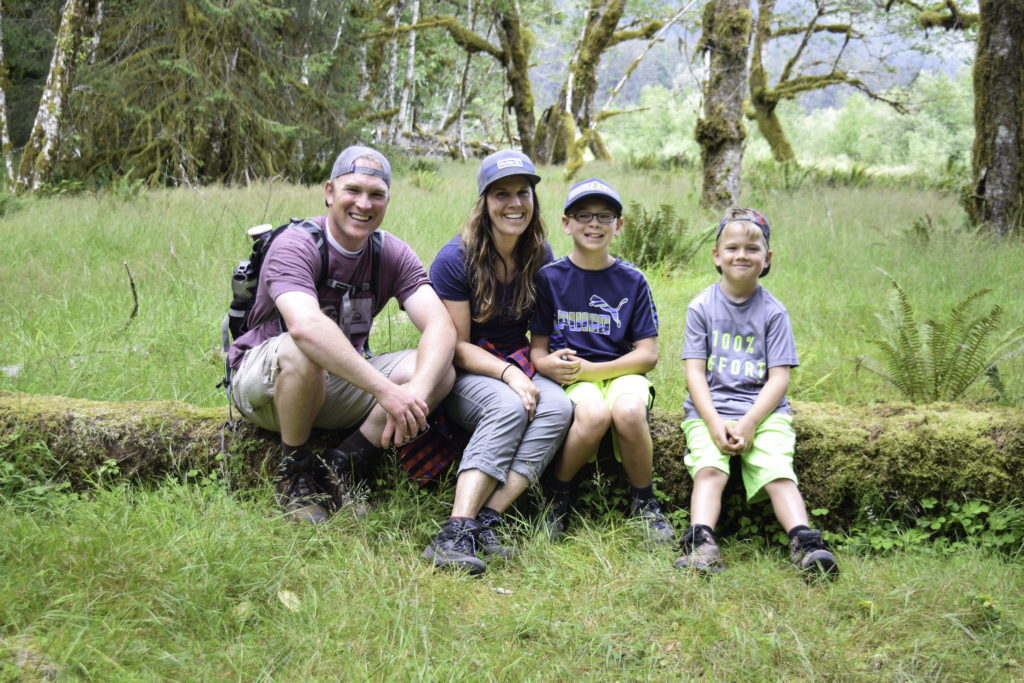
Did you know that being outside can help stop obsessive thoughts to help you clear your head and in turn promote mindfulness? Have you ever noticed that when you are in nature, you feel an almost instantaneously sense of peace and contentment? Sometimes it takes being one with Mother Earth to stop negative thoughts which lead to depression and anxiety (as mentioned above).
Researchers have found that hiking especially helps with stopping negative, compulsive thoughts. Studies have also found that creative problem solving can be improved by completely disconnecting from technology (aka our phones!) and connecting with nature. Imagine that! Read about a study done on hikers unplugging from technology in nature and how that led to more successful problem solving and creative thinking.
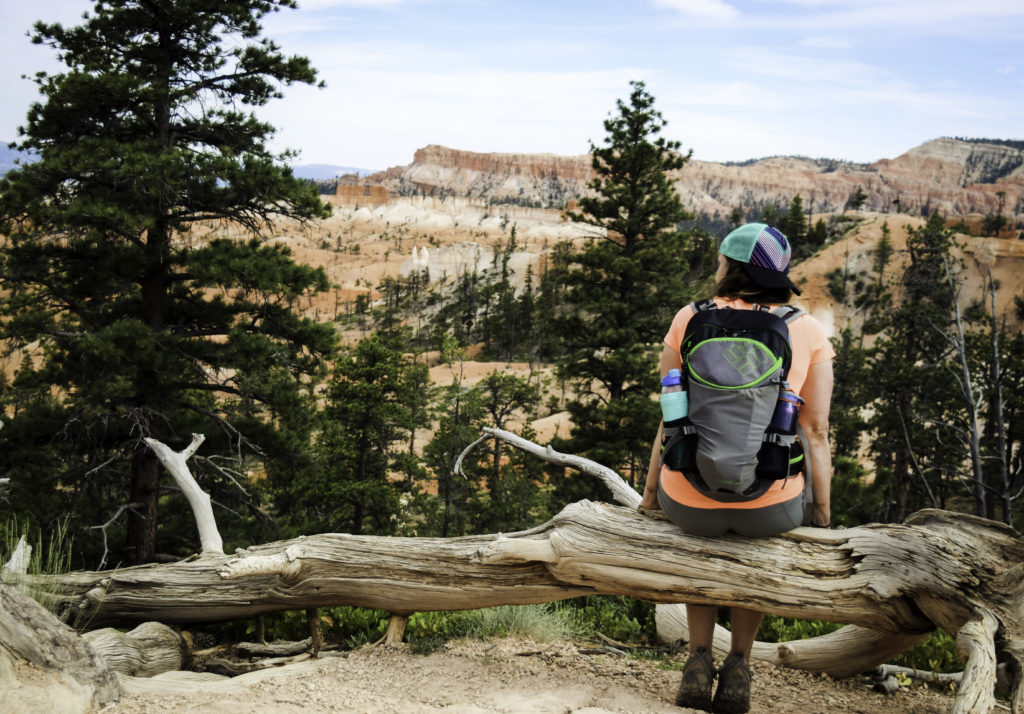
Attention Deficit Hyperactivity Disorder (ADHD) is becoming more and more common among children. Children who have ADHD have a hard time with impulse control and staying focused, they get distracted easily, and exhibit excessive hyperactivity. While raising children who have ADHD can be difficult for parents, the usual solution — opting for prescription medication — may be doing more harm than good, particularly when natural solutions can work just as well.
A study found that exposing children with ADHD to “green outdoor activities” reduces symptoms significantly. The results of this study suggest nature exposure can benefit anyone who has a difficult time paying attention and/or exhibits impulsive behavior.
On a separate yet related note, the compulsion to EXPLORE is associated with a gene found in approximately 20 percent of the population, called DRD4. That same gene is also found in children with ADHD. It is no wonder that ADHD symptoms subside with time spent in nature. Read more about the benefits of nature therapy in ADHD children.
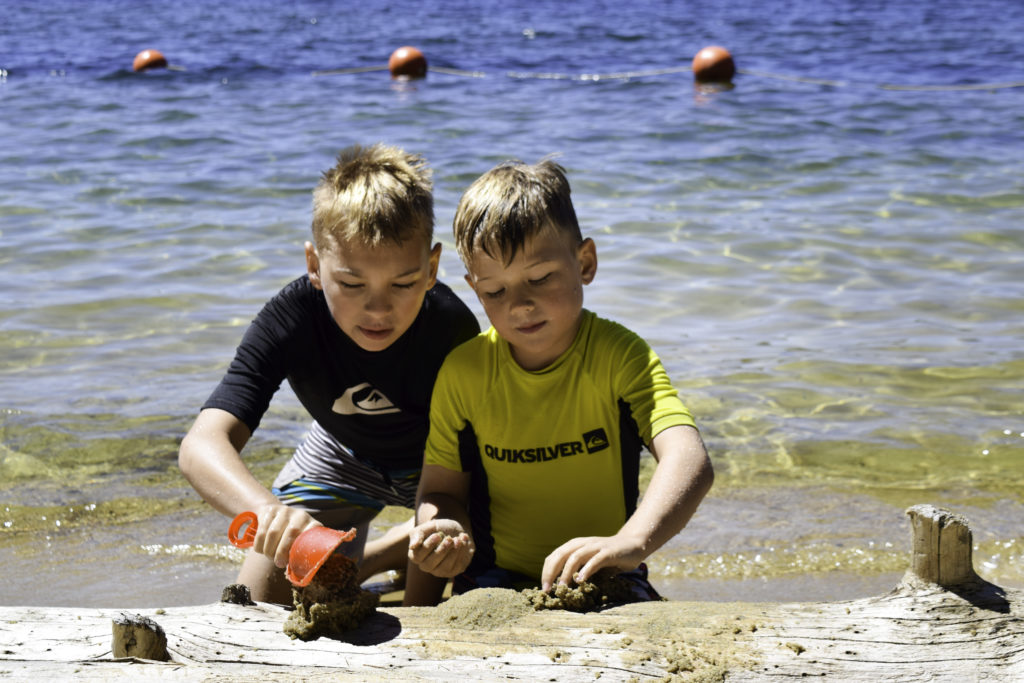
This one might seem obvious because we all know that outdoor activities such as hiking and biking are great exercise and good for the heart, lungs, and muscles. But did you know that studies have shown that people who exercise outdoors are more likely to stick to their programs? Activities such as hiking not only have physical benefits, but also help the brain!
Researchers have found that this type of exercise can greatly improve memory, and of course as mentioned in the above benefits, spending time outdoors can also help the brain deal with stress, anxiety, self-esteem and release endorphins. Read more on the brain benefits of activities such as hiking.
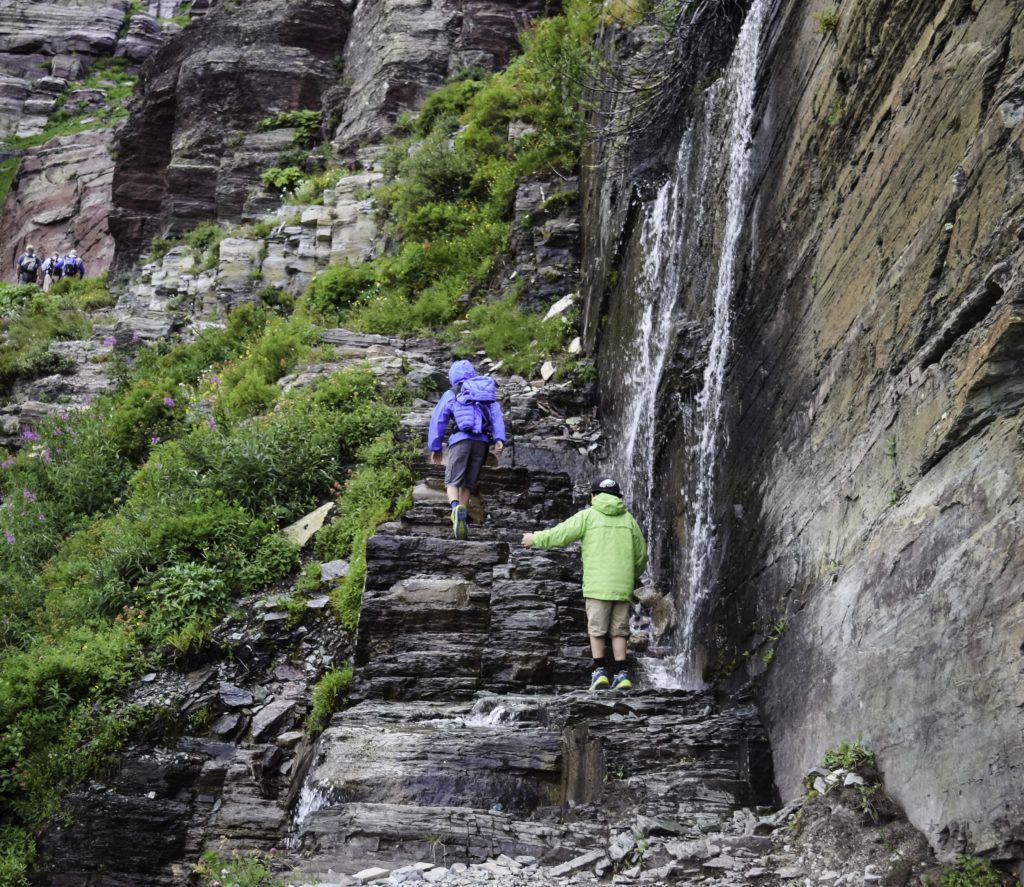
We all know that sunlight is our best and most direct source of vitamin D, but did know that there is strong link between positive moods and time spent outdoors in sunlight? In a recent pilot study done in the United Arab Emirates, researchers found that behavioral change was directly associated with mood change and vitamin D levels. What they also found was the participants who got more sun showed less symptoms of depression. But interestingly enough, the latest research shows that the primary antidepressant effect associated with sunlight is increased retinal light exposure rather than increased skin exposure to UV light.
The moral of the story is if you can adopt a more outdoor lifestyle, you will fare better in terms of mood and vitamin D status. And we all know that healthy vitamin D levels lead to a lower risk for many diseases such as cancer, cardiovascular deaths, cognitive deficiencies, asthma in children, and others. Read how higher vitamin D levels led to better moods.
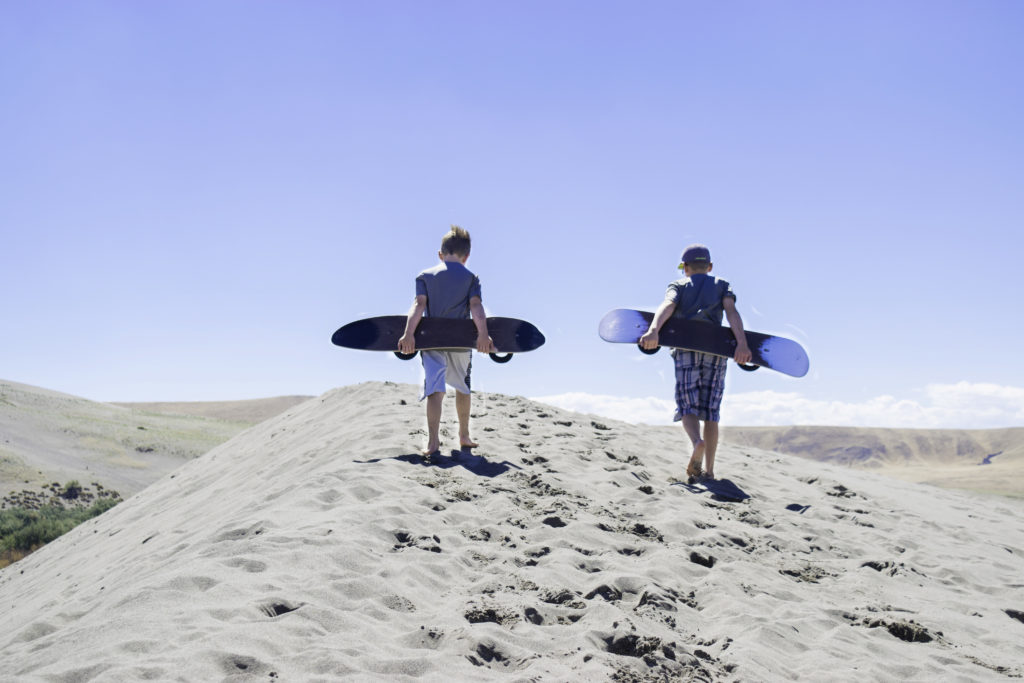
Spending time outdoors in nature, whether by ourselves or with loved ones improves our connections with each other and with Mother Earth. Unplugging from the world (literally), and focusing on your surroundings, who you are with, and being fully present with yourself and each other, might be one of our top personal benefits for spending time outdoors. When we can engage with our loved ones and enjoy the simple pleasure of being outdoors together while admiring the beautiful Earth, we can build long-lasting memories and connections.
We can also create a mindfulness that helps us to be more keenly aware of who we are, and can give us more gratitude, appreciation and love for the Earth and in one another. Isn’t that what it’s all about?!
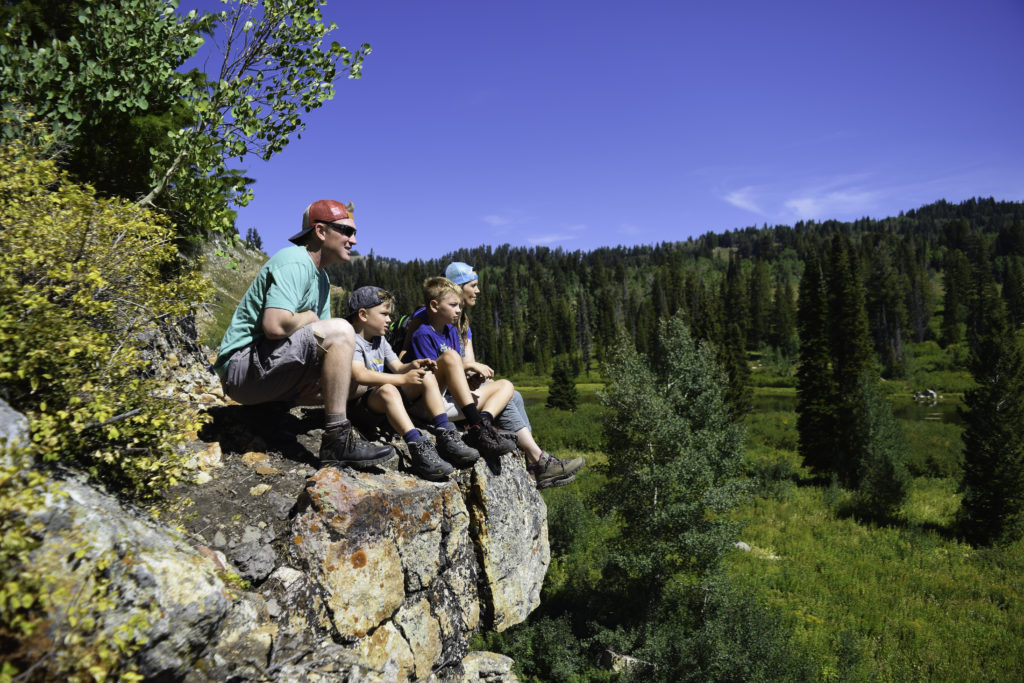
Serious fun, by our definition, is when you combine hard work with fun. Many outdoor activities require hard work, whether that is learning a new skill (such as skiing or mountain biking), or doing an activity (such as hiking) that require physical exertion! When you add kids to that, it can sometimes be frustrating, discouraging, and you may even want to throw in the towel! (Don’t worry, we’ve all been there.)
But when you combine hard work and try to make it fun (read our post on tips for making hiking with kids fun), all the while doing it together, you are creating SERIOUS FUN which makes for the most lasting memories, builds character and helps our relationships with one another grow and flourish. As humans (including kids), we are much more capable than we know. Our bodies and minds are meant to be tested so that we can learn, grow, and improve. When we can accomplish something difficult, it also greatly helps increase our self esteem and sense of self worth!
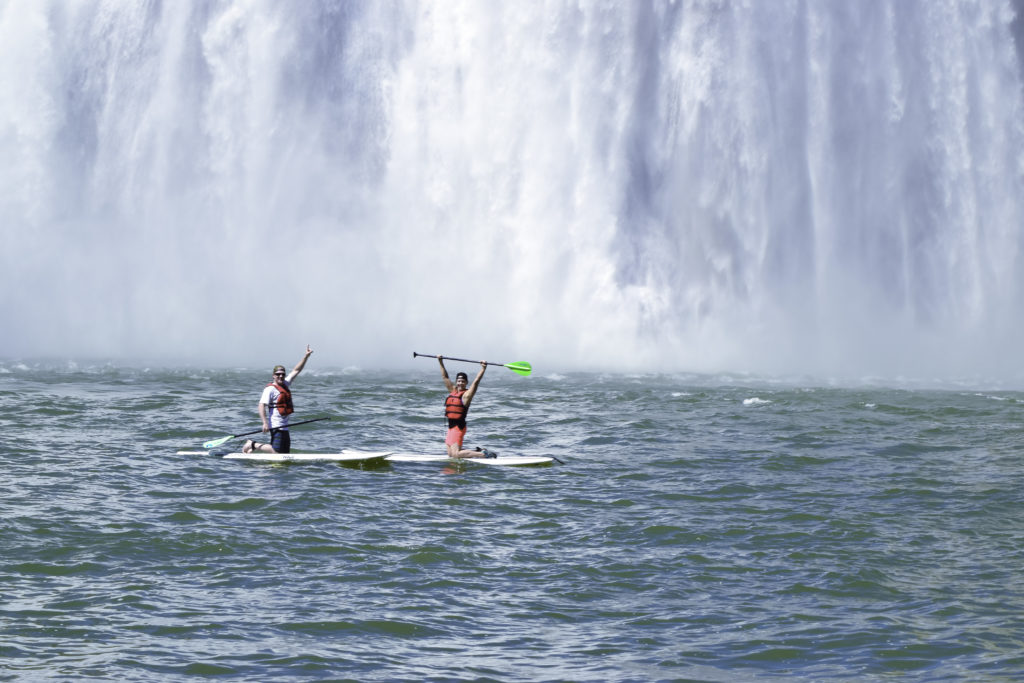
This is such an important life lesson that we can teach our kids. Teaching them to not quit, to keep trying, and to work little by little to improve and achieve a goal is so important. There are so many opportunities to learn these lessons in the outdoors together and in doing this, you can build a stronger family and help your kids grow up to be capable, determined, and know how to persevere through life’s challenges.
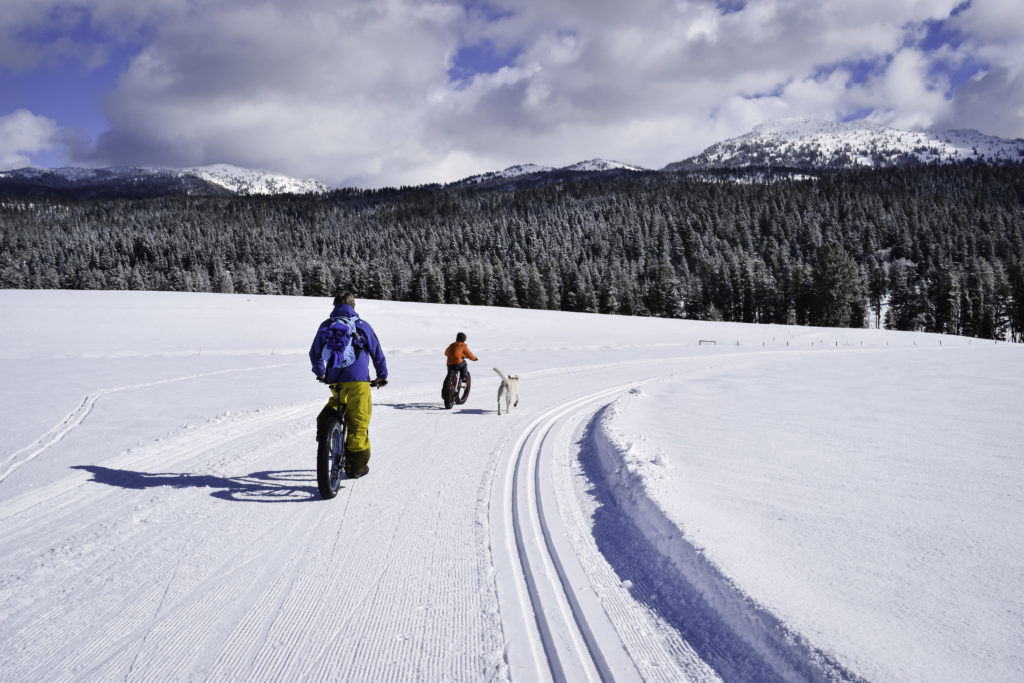
Most people that live near the snow dread the winter because it means “you’re stuck inside” all the time. Well, it doesn’t have to be that way! Winter is one of our favorite seasons, not just because the snow makes everything a winter wonderland, but because there is such a plethora of activities to do outdoors. And yes, even with kids! With the proper winter clothing to keep warm and the right equipment to have fun, we promise you’ll not only enjoy your time exploring the outdoors in the winter, you’ll want to do it more!
*This post contains affiliate links, which means we receive a small compensation if you make a purchase clicking the links.
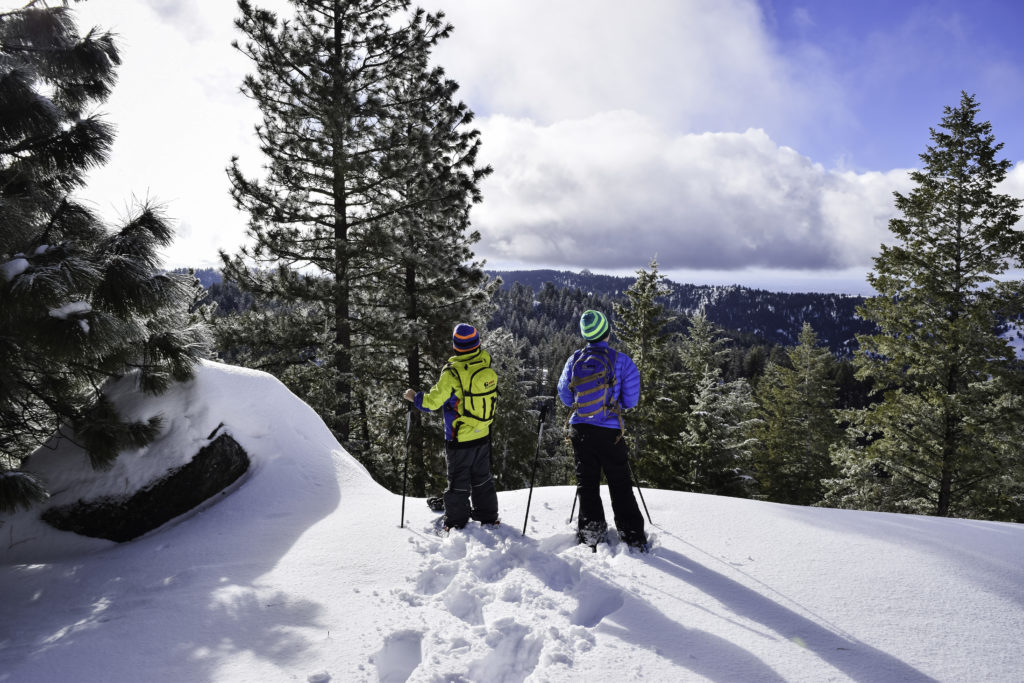
We’ve listed our 6 best outdoor winter activities with kids. Some of these you might have done, but some you may have not. In addition, we’ve made it easy for you to find the right gear for each activity so nobody is complaining of the cold and everybody is having fun!
This activity is a no-brainer as practically anyone that has lived or visited the snow has tried this popular winter sport. Sledding isn’t just fun for kids though, it is great fun for adults too (making you feel like a kid again!). You want to make sure that the whole family is properly equipped with the right clothing to stay warm, to include a warm, water-resistant proof jacket or shell (with layers like fleece underneath), water-resistant/proof snow pants, wool socks, snow boots (a must!), warm water-resistant gloves (another must), a hat or beanie to keep your head and ears warm (or a helmet, better yet, if you’re worried about safety).
And then all you need is a hill and a sled! We love this Lucky Bums sled because it’s sturdy and you can fit two people on it. You also can’t go wrong with a flying saucer. Another thing to try instead of the traditional sled is a kayak! We have yet to try this, but it looks like so much fun and we can’t wait to do this.
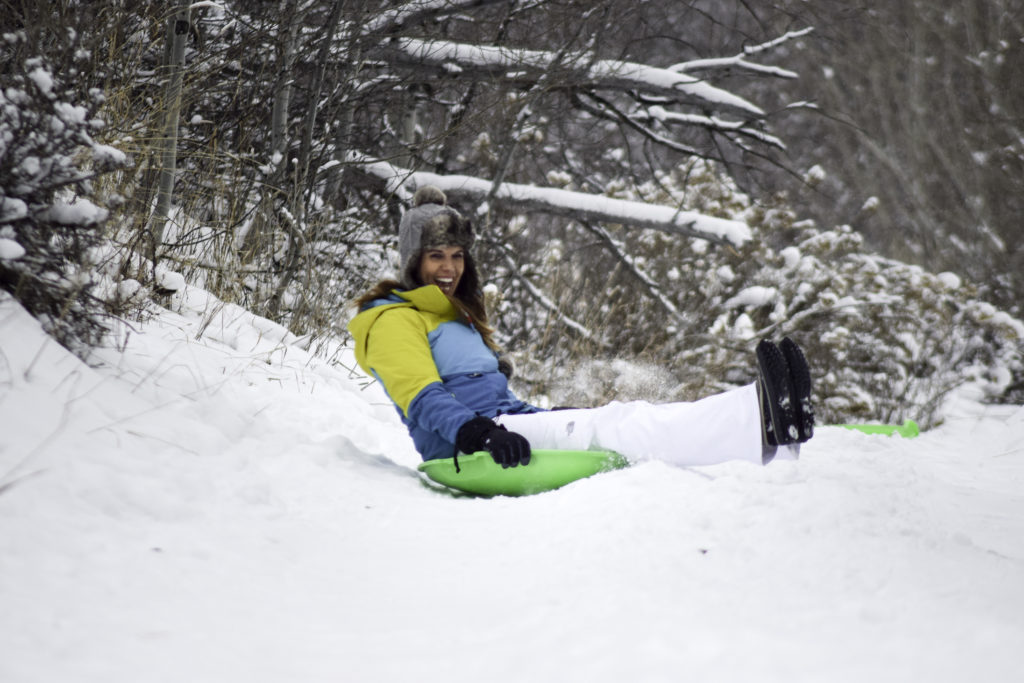
This activity is one of our family favorites. And the best part is, it is inexpensive and easy to learn too. We love being in the mountains, especially after a fresh snowstorm. Snowshoeing is a great way to enjoy the quiet and stillness of the wilderness (it’s especially magical in winter), but also get a good workout too! Snowshoes make a hike in the snow much easier, and don’t forget poles (we recommend adjustable ones). You can look up local trails in your area (even a park!) and then go right after a big snowstorm.
One tip we suggest when finding a trail is to plan on taking almost double the time since hiking in snow takes longer than hiking on dry land. That’s why we suggest picking an easy, short trail and going from there. We love this pair of Alps snowshoes, because they are reasonably priced, plus they come with trekking poles! Kids snowshoes come in different sizes too, so make sure you research what size to get.
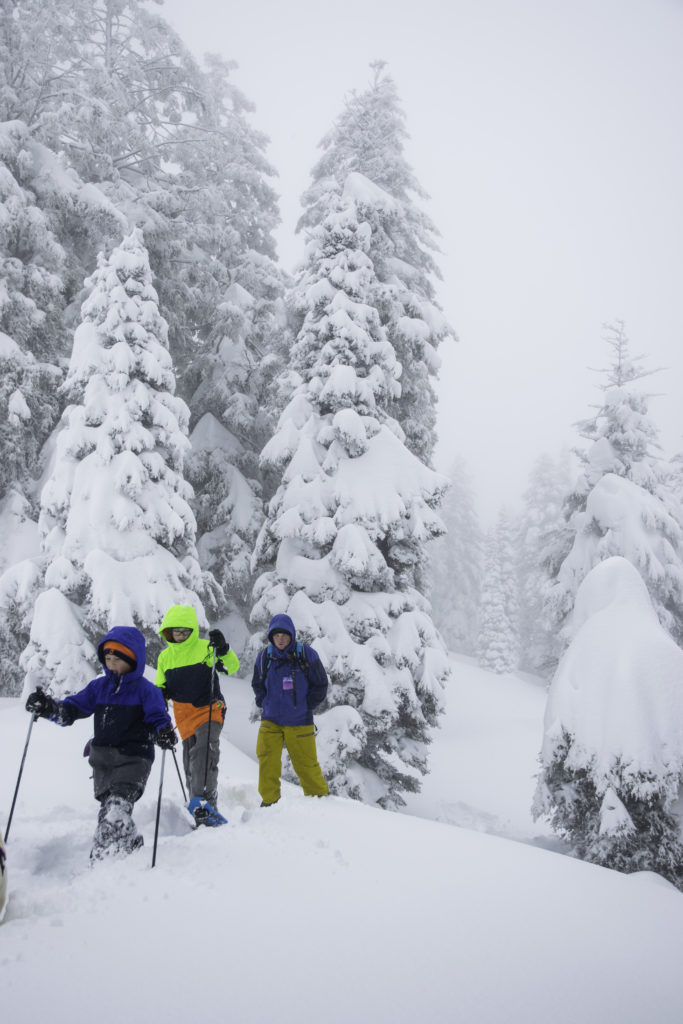
If you want to learn a new sport and get one of the best total body workouts, Nordic skiing is it. It doesn’t have to be difficult though, you can pick a nice, flat trail and start out easy. But be prepared to work your legs and your upper body! You can rent gear or purchase your own if you love it and plan to do it often. We suggest renting or buying used equipment first before purchasing newer equipment since brand new Nordic skis and boots can be more expensive.
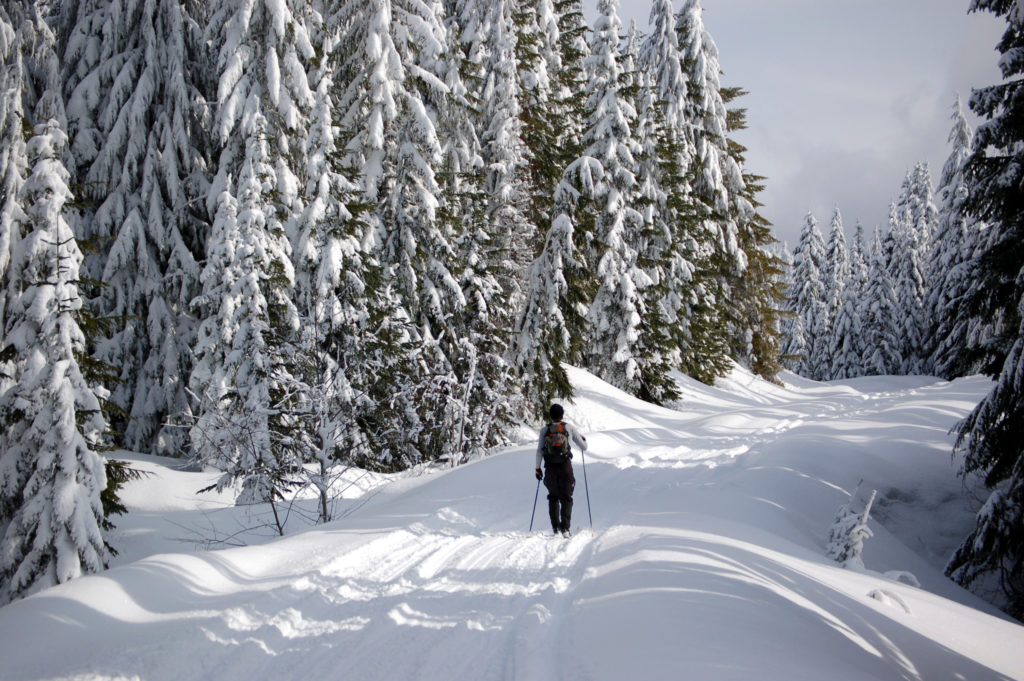
Hands-down skiing is our favorite family winter sport. We started teaching our kids to ski when they were just 3 or 4 years old (those days were exhausting!), but as they grew older, it started paying off. For us, it’s one of the best ways to enjoy the winter, get outdoors and be in the mountains and have FUN together. If you’ve never tried skiing or snowboarding, we definitely recommend renting equipment or buying used equipment first since it can be quite an investment to purchase new gear.
We’ve always bought our kids’ ski gear at a local ski swap or Play-It-Again-Sports (it’s a consignment store for sporting equipment). Great deals! We also suggest buying a size or two up in boots when you purchase gear for your kids, as they grow fast. That way they can wear it for at least two seasons! Taking ski lessons can also accelerate the learning curve and make it more fun for all too.
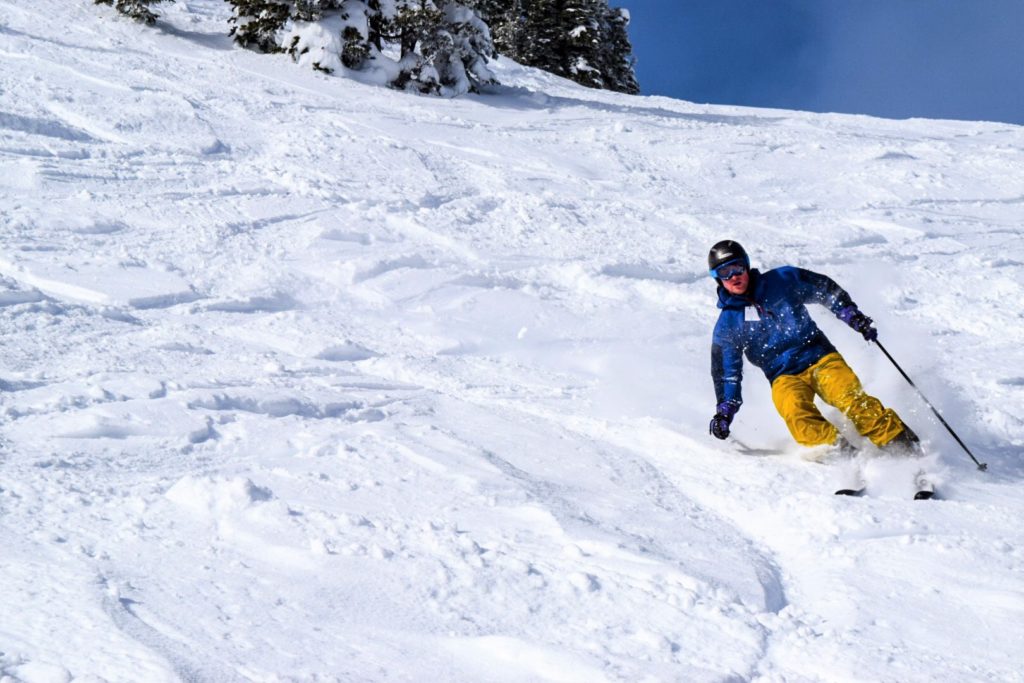
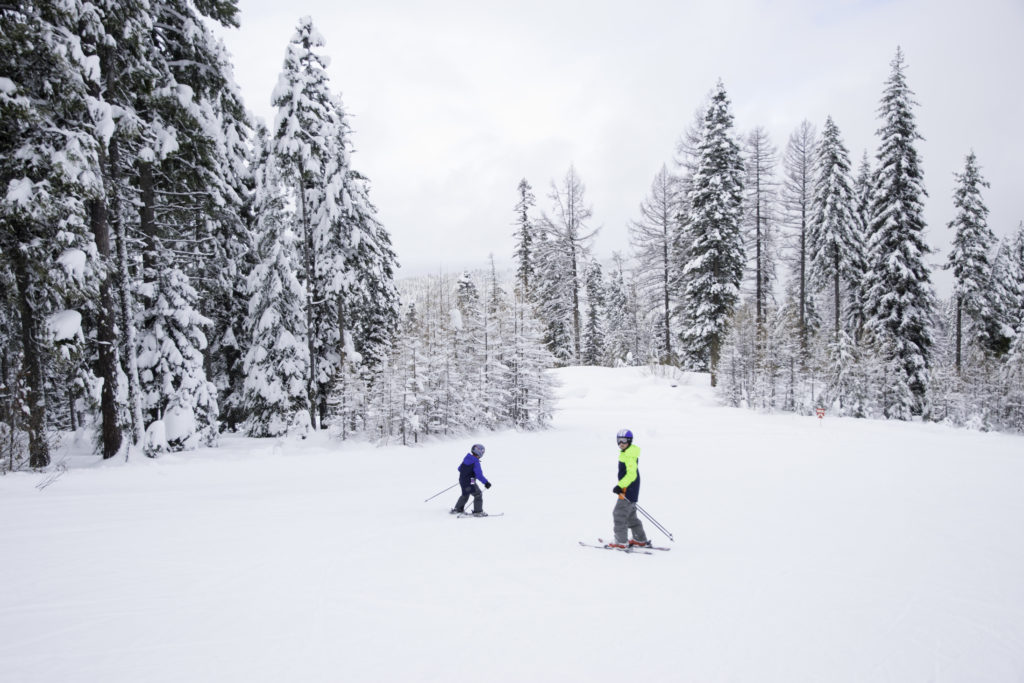
Ice skating indoors can be a lot of fun, but ice skating outdoors on a lake, canal/river, or pond is even more fun!! There’s nothing more magical than gliding around on a frozen body of water in the middle of winter!
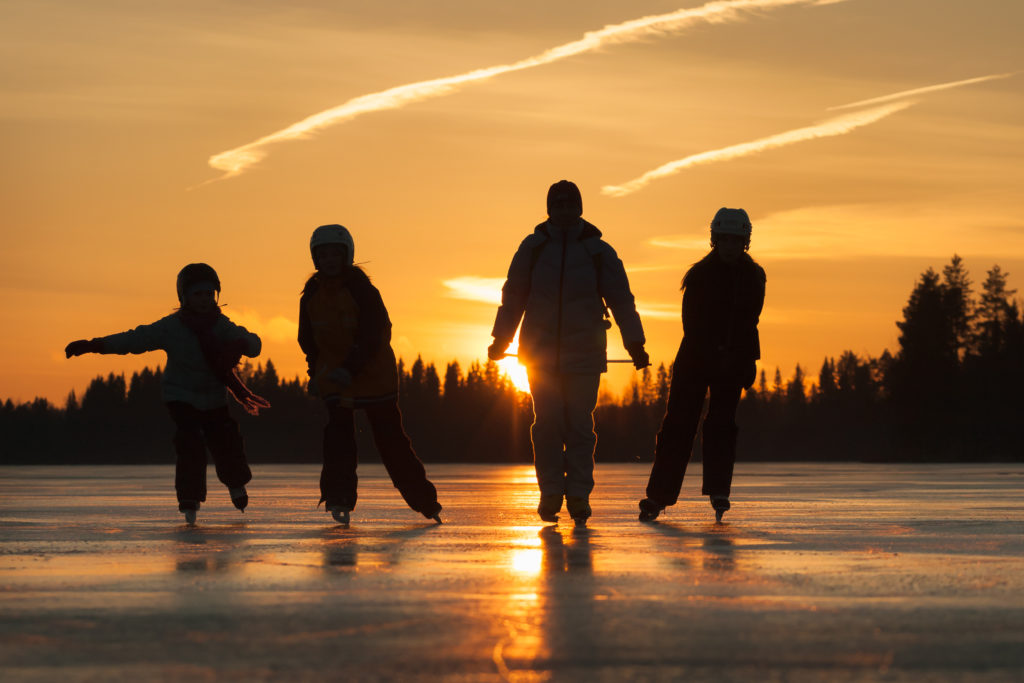
Fat biking is quickly becoming one of the most popular winter sports and for good reason: it’s an absolute BLAST!! The first time we tried fat biking was last year and we all loved it so much! Luckily, we live near the mountains so there are plenty of trails to do this on. Fat bikes are like mountain bikes but with wide, knobby tires to give you good traction on the snow. We started fat biking on a nice, groomed trail to give the kids a good sense of it, and then we eventually worked our way to some single track trails and it was so much fun!
The great thing about fat biking is if you fall, it doesn’t hurt since you’re falling on snow. Most bike shops carry fat bike rentals (especially if you live somewhere there is snow), so it can be a fairly inexpensive activity to try out as a family. You can even hook up a bike trailer to a fat bike for the little ones!
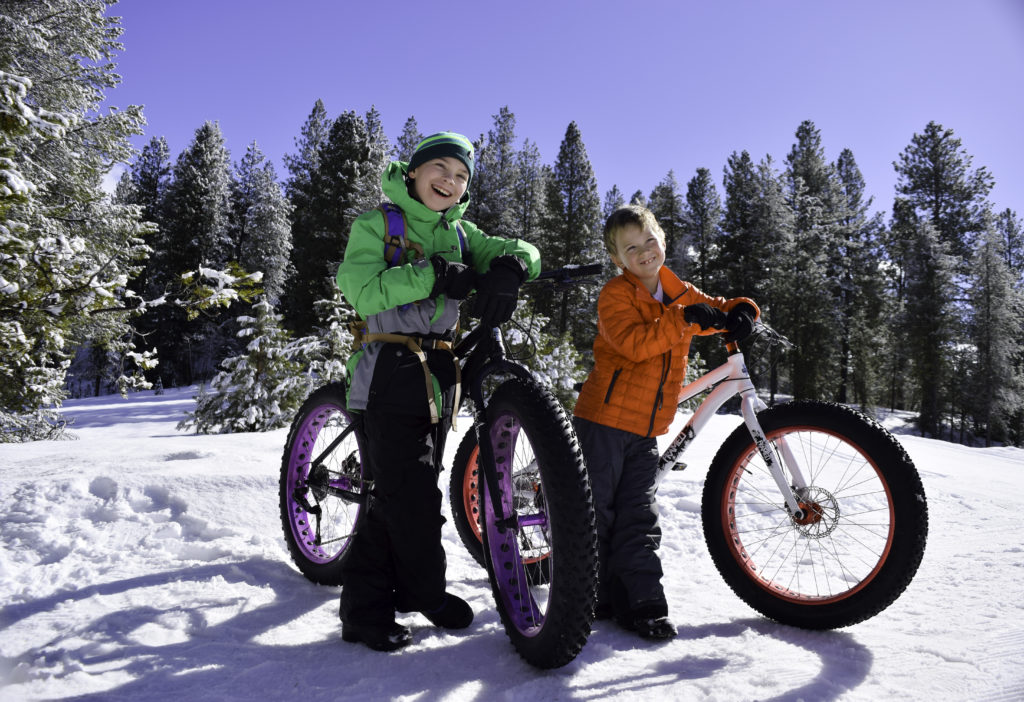
Fat biking near McCall, Idaho